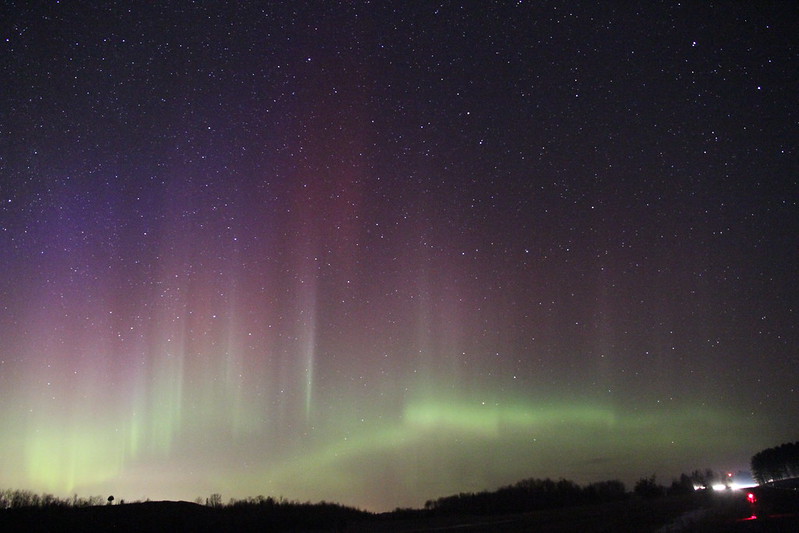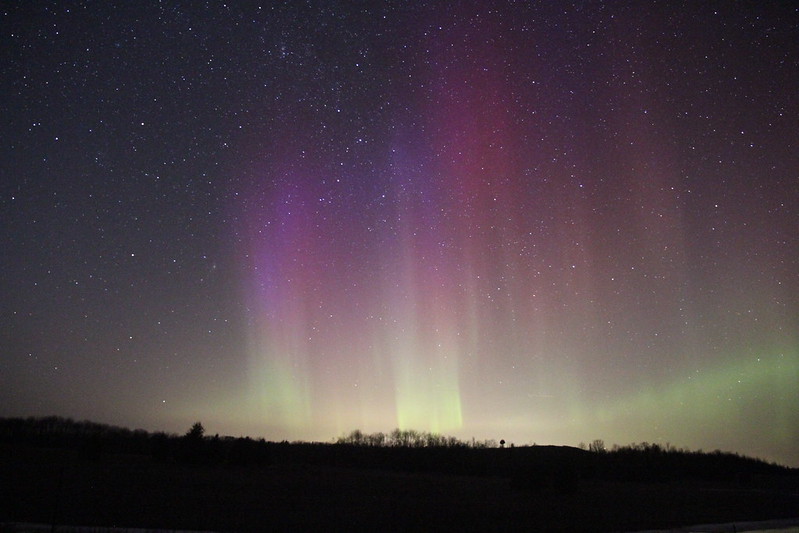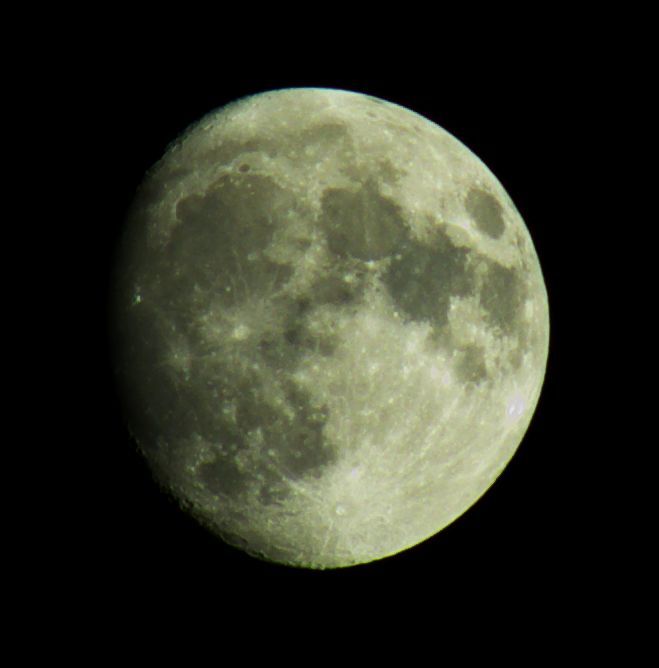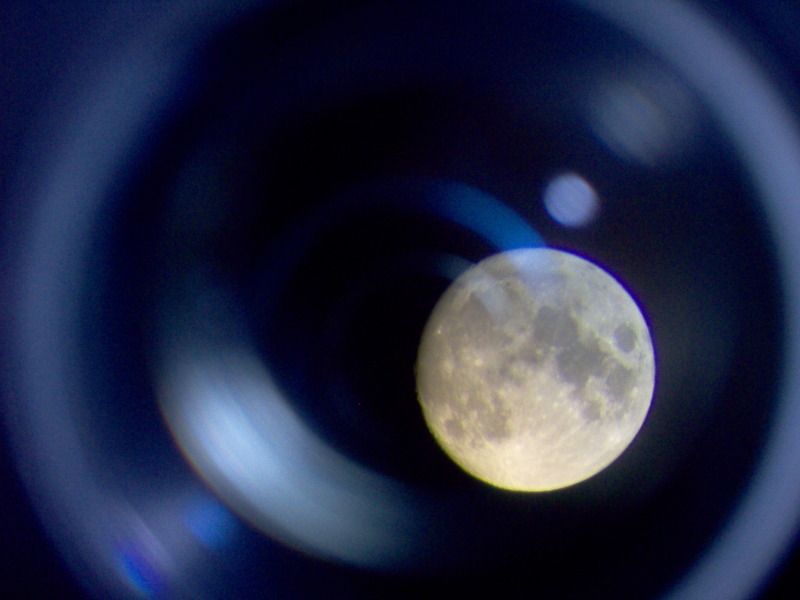Anyone here do any of this? Didn't see a thread on this. Back in January, my Dad and I bought a Canon 7D and it wasn't long before we started going out to take some pictures. So, I'm presenting my best ones taken to date, and I'll be adding more to this thread as I take more.
20 Sec Exposure:

20 Sec Exposure. Constellation of Orion and its Nebula.

The Pleides:

The Milky Way:

What might look like light pollution coming from a nearby city is actually Zodiacal Light. It's that wedge of light coming from the Zodiac. A bit similar to an Aurora.

What happens when one has too much fun with red lights. It's what you call painting the picture.

In August, some of the planets were aligning. This was taken on a spur of the moment using a flimsy tripod.

Last night we went comet hunting. Comet Hartley has been showing itself lately, though by our account it's fairly dim and doesn't show up well in any of our pictures. But we still got some great shots in general.

Vehicles and Astrophotography don't mix! During one of our attempts, two speeding vehicles interrupted our 30 second exposure with their lights. Oh no! Picture ruined, I thought. Actually, it turned out to be the best shot of the night. Here's the result. You can even see the Andromeda Galaxy in the upper right.

20 Sec Exposure:

20 Sec Exposure. Constellation of Orion and its Nebula.

The Pleides:

The Milky Way:

What might look like light pollution coming from a nearby city is actually Zodiacal Light. It's that wedge of light coming from the Zodiac. A bit similar to an Aurora.

What happens when one has too much fun with red lights. It's what you call painting the picture.

In August, some of the planets were aligning. This was taken on a spur of the moment using a flimsy tripod.

Last night we went comet hunting. Comet Hartley has been showing itself lately, though by our account it's fairly dim and doesn't show up well in any of our pictures. But we still got some great shots in general.

Vehicles and Astrophotography don't mix! During one of our attempts, two speeding vehicles interrupted our 30 second exposure with their lights. Oh no! Picture ruined, I thought. Actually, it turned out to be the best shot of the night. Here's the result. You can even see the Andromeda Galaxy in the upper right.














